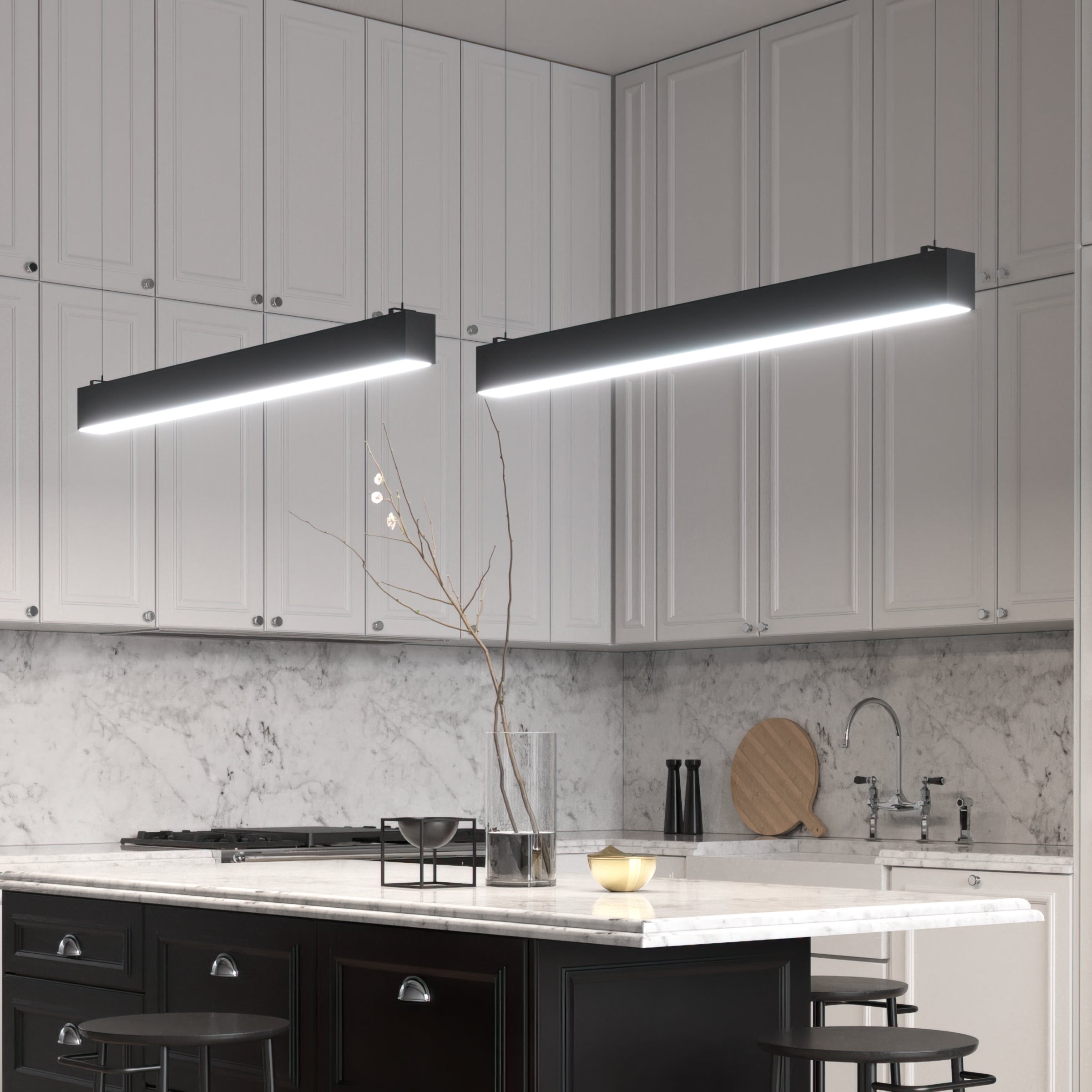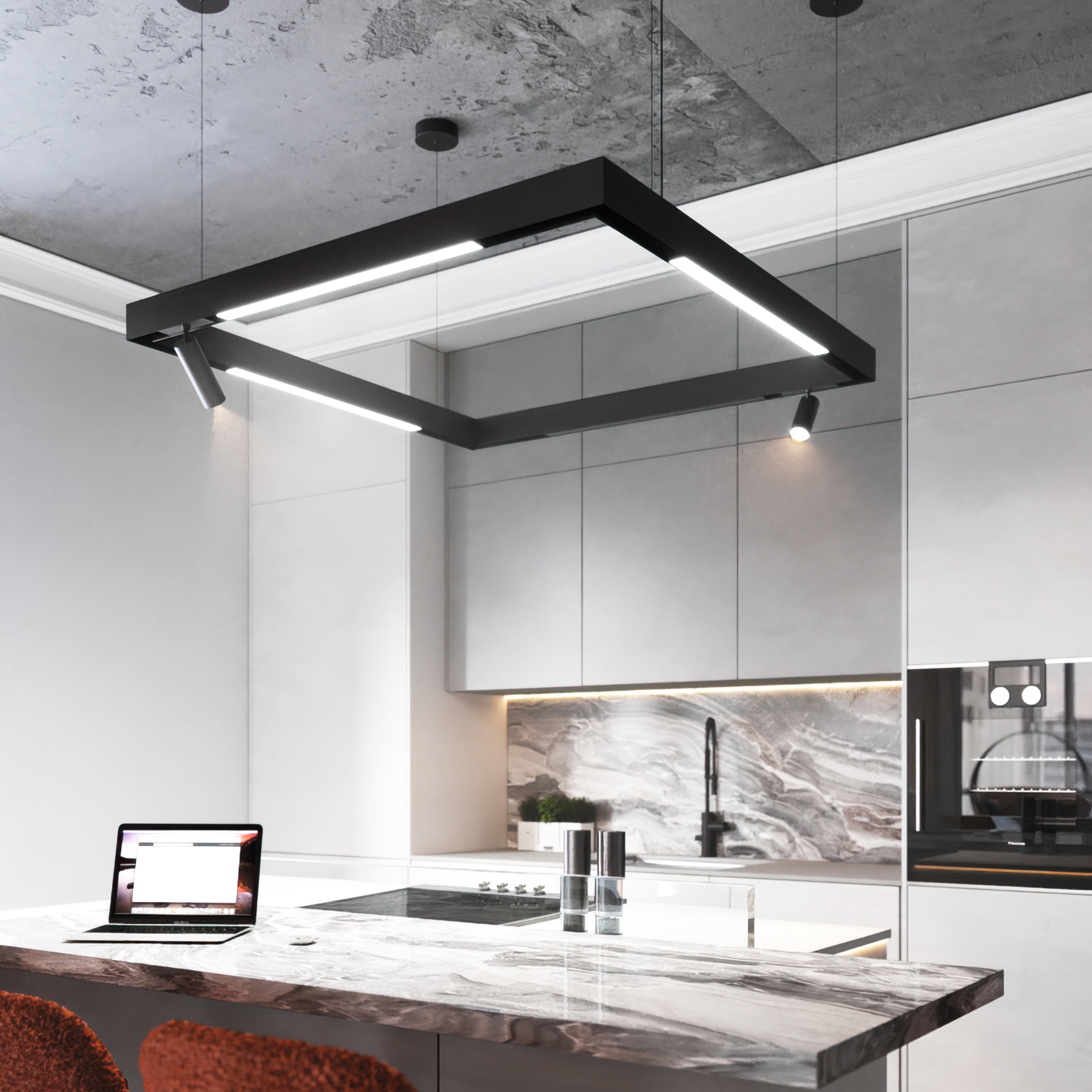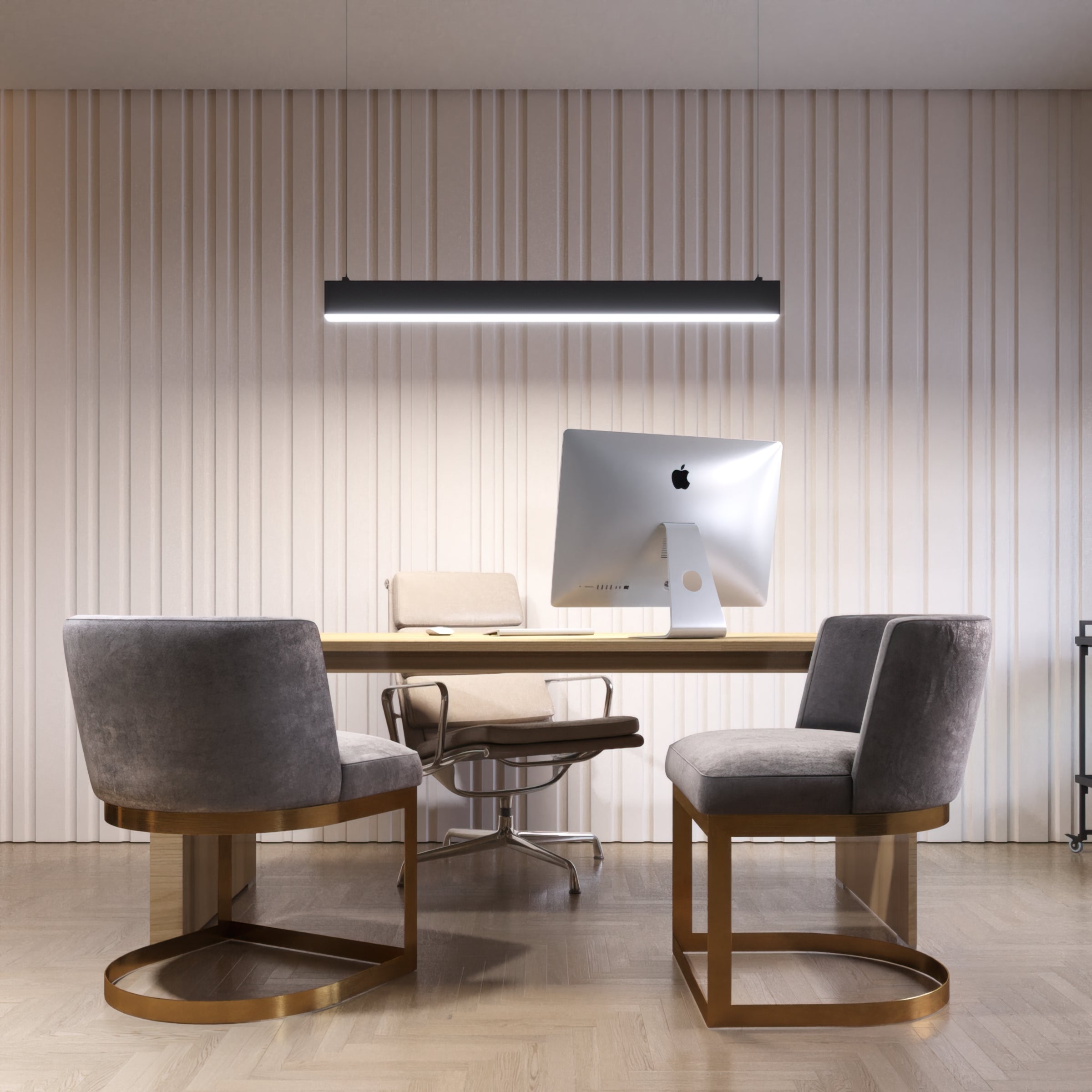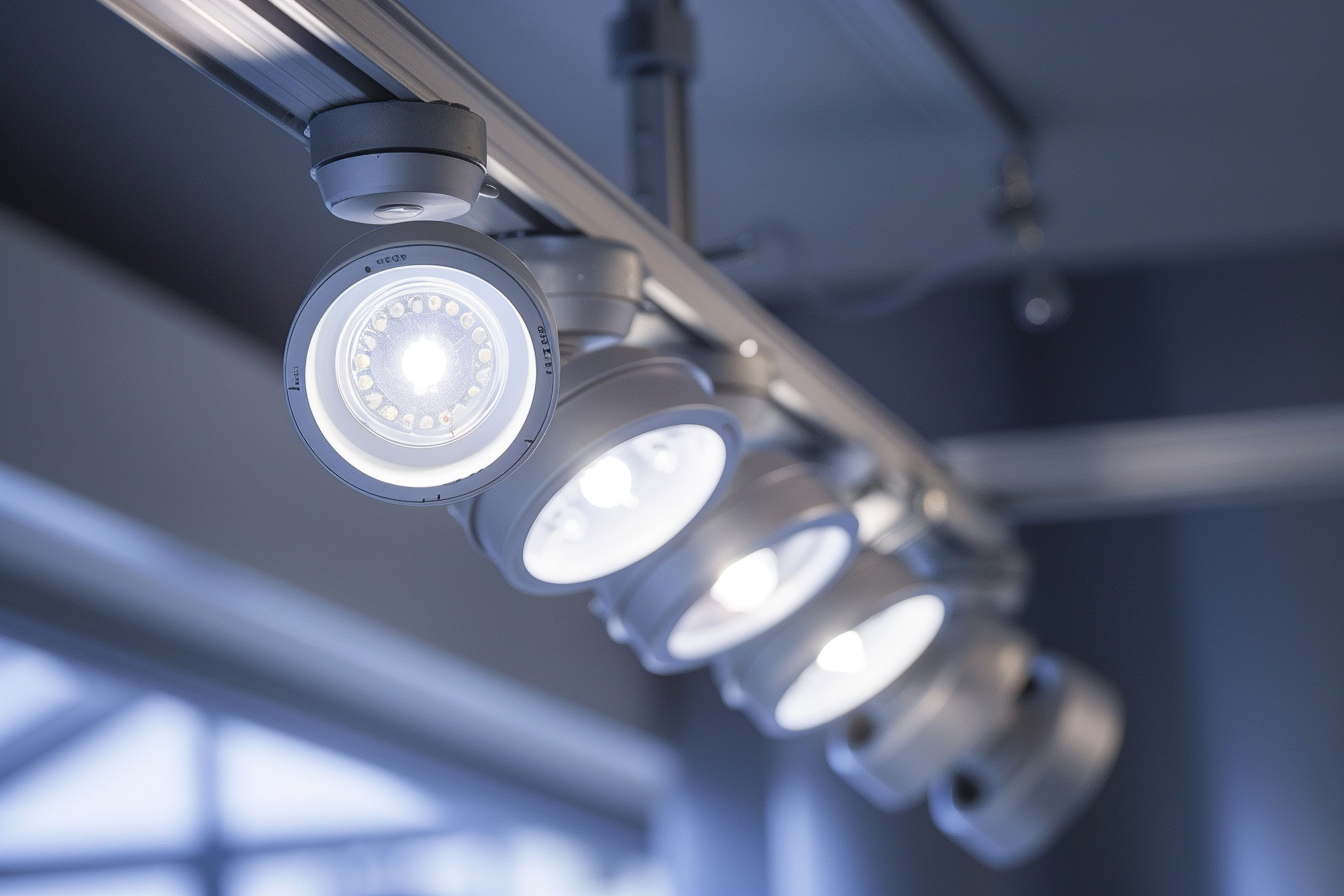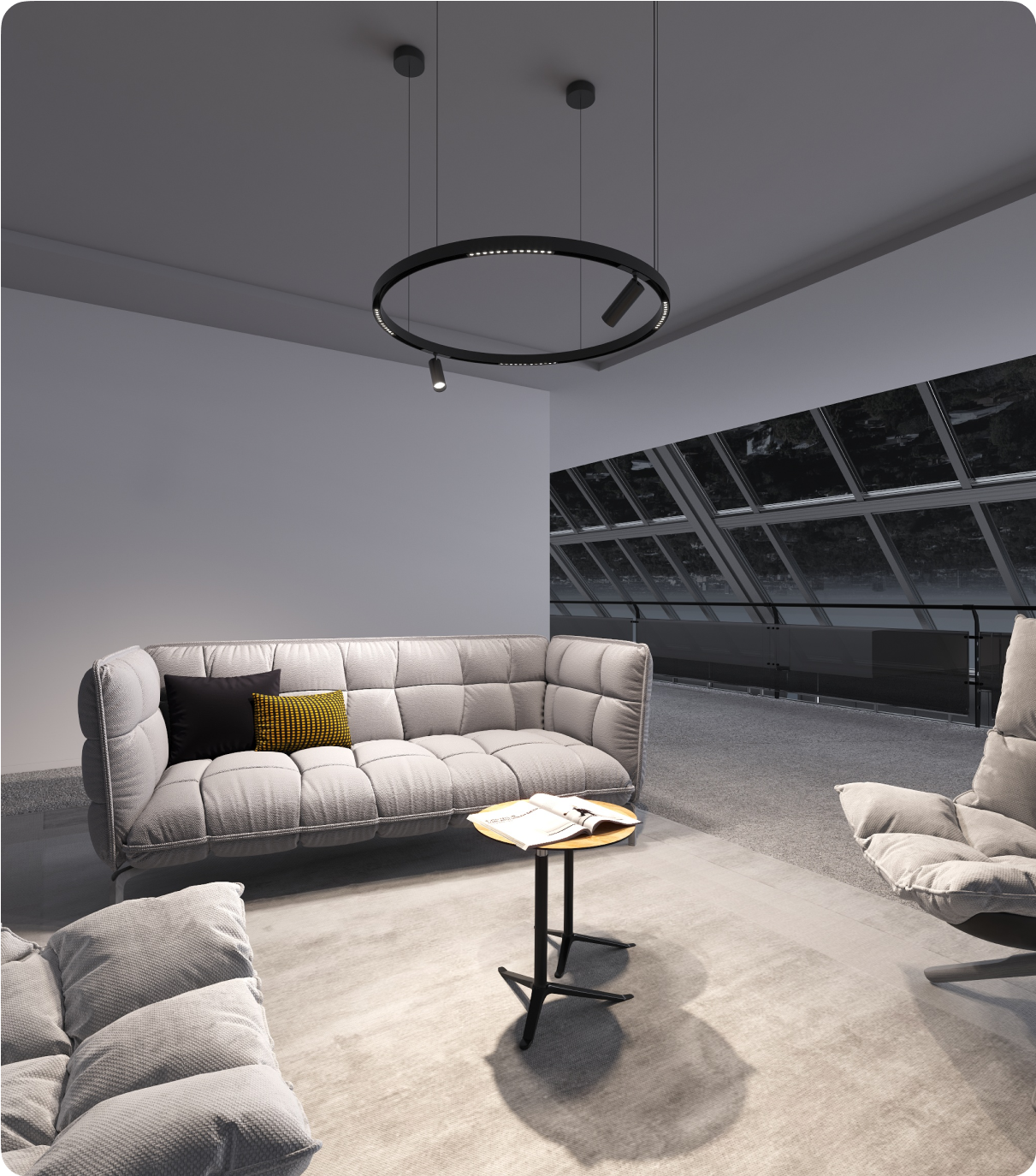Welcome to our latest blog post, in which we will be diving deep into the world of lighting technologies. Specifically, we will be comparing two widely used technologies: Xenon and LED. Both of these lighting technologies have unique characteristics and are widely used in various applications ranging from residential and commercial lighting to automobile headlights. In this post, we will be examining the pros and cons of each, as well as their efficiency, longevity, and overall performance. Whether you're a lighting professional or just someone interested in the technologies that light up our world, this post is for you. So, stay tuned as we shed light on this interesting topic of xenon vs LED.
Difference Between Xenon and LED
Xenon Lights
What is xenon lighting? HID lights, which produce a high-intensity discharge, operate similarly to neon lights but utilize xenon gas. When activated, an electrical current travels through a tube with electrodes at each end, triggering a reaction between xenon and halide salts. The ionization of xenon allows the current to continue flowing, evaporating the salts and reducing the resistance between the electrodes.
Xenon light is frequently used in a range of contexts, including medical and scientific lighting, film projection, and automotive applications. Though they effectively light up dark environments, it is not as bright as their LED counterparts.
LED Lights
LEDs function by allowing an electric current to pass through a semiconductor or diode, which results in a bright light with a broad beam pattern. They are highly efficient, approximately 90% more so than incandescent bulbs, and produce less heat. LEDs outlive both halogens and xenon lights, but they do dim over time.
LEDs are becoming the leading choice for lights because they use less energy, have a longer lifespan, and are continually becoming more affordable to produce.
LEDs, which are more energy-efficient and have a longer lifespan than halogen and xenon lights, provide superior overall illumination due to the multitude of small diodes incorporated into each light unit. They are simpler to install than xenon light fixtures and offer a variety of colors, allowing for personalized lights.
While the initial cost of LED lights is higher than xenon, the long-term savings resulting from their longevity could potentially offset the upfront expense.
Comparison
LED and HID headlights have a number of similarities and differences. Both offer high brightness levels, making them ideal for nighttime use. LEDs, however, tend to be slightly brighter, and they don't have the glare often associated with HID lights. The function of LED lights is based on electricity or a diode, while HID lights operate with xenon gas. LEDs are typically used in reflector headlights, which involve a bulb situated in a metal bowl, with mirrors to reflect and project the light. On the other hand, HIDs are usually found in projector headlights, which resemble reflector headlights but include a lens that magnifies the light to enhance its brightness. The field of LED technology is rapidly evolving, continuously introducing new styles and features to the market.
Advantages of LED Lighting
LED lights, which are used in a wide variety of applications, from vehicles to household fixtures, are proving to be superior to traditional incandescent or halogen bulbs. This superiority is primarily due to their exceptional energy efficiency and the versatility they offer in terms of color temperature options.
Xenon bulbs, while they generate less heat than halogen bulbs, still cannot compete with LEDs when it comes to temperature control. LEDs are by far the coolest running option. Moreover, LEDs offer multiple color temperature options, making them adaptable to a variety of environments and preferences. This flexibility, coupled with their long-lasting bulbs, makes LEDs stand out as the top choice for lighting solutions.
In addition to their performance, LEDs also offer practical benefits in terms of installation and maintenance. Due to their longevity, which far outstrips that of their counterparts, LED lights are generally easier to install and maintain.
In the realm of home lighting, LED bulbs are rapidly becoming the go-to choice. This is largely due to their exceptional energy efficiency, which is significantly higher than that of xenon bulbs. Furthermore, LED bulbs are known for their longevity, lasting up to 25 times longer than xenon bulbs, making them a sound investment for the long term.
When it comes to cost-effectiveness, LED bulbs excel. They require less power to operate, which translates to lower energy costs over time. Furthermore, their compact design allows them to fit into tighter spaces than xenon bulbs, increasing their versatility. Therefore, for those seeking an energy-efficient, durable, and cost-effective lighting solution, LED bulbs present an excellent option.
An LED lamp matrix, which comprises multiple LEDs, offers an unprecedented level of control over the lighting environment. Each LED can be individually controlled, allowing for individual switching and dimming at various levels. This granular control facilitates the precise adjustment of luminous intensity and light cone direction, making it easier than ever to create the perfect lighting environment.
Typically, LED lights can boast a 15-year lifespan, which is significantly longer than the lifespans of xenon or halogen lamps. This makes them a cost-effective choice in the long run, as they require less frequent replacement. So, make sure to replace the xenon bulb with an LED one.
When substituting xenon lights with LEDs, it's essential to match the brightness level to maintain a consistent lighting environment. The most accurate way to do this is to compare the lumens emitted by the xenon lights and find LEDs with a similar lumen count. Measuring brightness in watts is not a reliable method, as LEDs generate more light per watt of energy they use, making them more efficient.
Ensuring that LED replacement lamps are compatible with the xenon fixture involves careful consideration of several important factors. It's necessary to check that the light bulbs share the same wattage and voltage ratings, the same type of base (whether Bipin, wedge, festoon, etc.) and that the glass envelopes are of the same size. Furthermore, it's crucial to ensure that the LED bulbs can maintain a relatively cool temperature within the fixture. Excessive heat can shorten an LED's rated lifespan, reducing its cost-effectiveness and energy efficiency.
